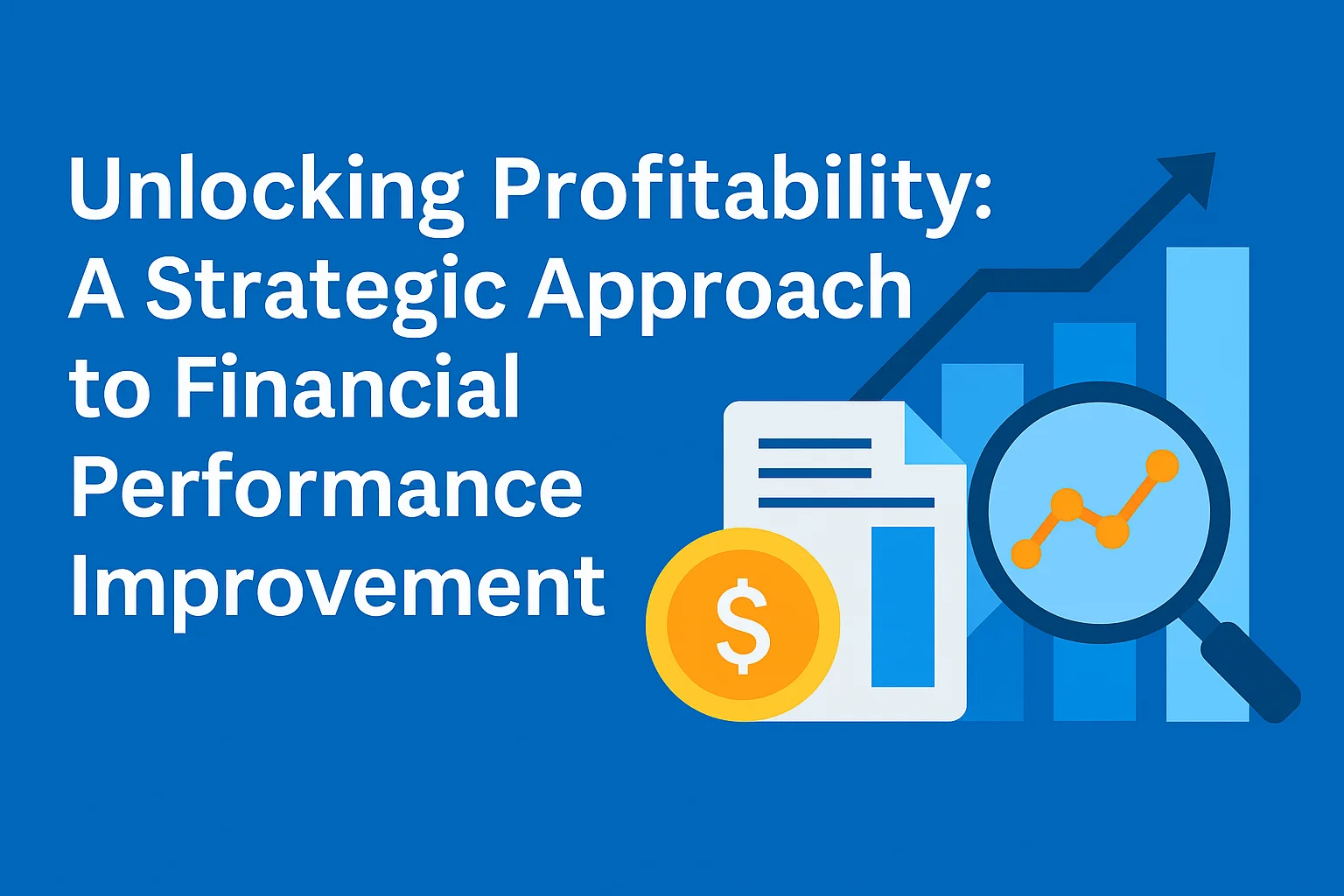Every business wants to grow — but growth without financial discipline can erode margins, strain cash flows, and dilute enterprise value. That’s why Financial Performance Improvement (FPI) has become a strategic priority for companies navigating scale, competition, or margin pressure. Done right, FPI isn’t about cutting costs — it’s about optimizing for sustainable, profitable growth.
When Do Companies Need FPI Support?
Performance improvement becomes essential when:\n
- Profit margins are shrinking despite revenue growth
- Costs are rising faster than productivity
- Finance lacks visibility into key performance levers
- Capital is being deployed without measurable return
- The company is preparing for funding or a strategic transaction
Many of these challenges require deeper analysis and structured interventions — not just financial reporting.
What a Financial Performance Improvement Program Includes
1
Profitability Analysis by Segment
Understand gross margin trends by product, geography, customer cohort, or channel.
2
Cost Structure Optimization
Analyze fixed vs. variable costs, vendor terms, and cost-center efficiency.
3
Pricing and Discounting Strategy Review
Identify areas where pricing power or discount discipline can drive EBITDA uplift.
4
Operational Efficiency Assessment
Tie financial outcomes to process performance — in fulfillment, customer service, marketing, etc.
5
Benchmarking and KPI Redesign
Compare key metrics against peers and redesign dashboards to track true drivers of performance.
Offshore FPI Support: A Scalable, Cost-Effective Advantage
FPI often fails due to a lack of execution bandwidth. Offshore strategic finance teams bring:\n
- Dedicated analysts to run profitability models and cost diagnostics
- Support in building activity-based costing or contribution margin tools
- Experience across industries and financial benchmarks
- Agile, iterative support to test performance improvement ideas before scaling
How Valorega Enables Financial Performance Uplift
Our teams work alongside CFOs, COOs, and business leaders to:
- Analyze unit economics and cost-to-serve across offerings
- Identify waste or inefficiencies hidden in financial statements
- Model different cost-saving or pricing scenarios
- Track financial impact of operational changes month-over-month
Final Thoughts
Financial performance improvement is not a one-time fix — it’s a continuous capability. By integrating offshore support into this function, companies can keep margins healthy, capital productive, and strategies well-informed.



